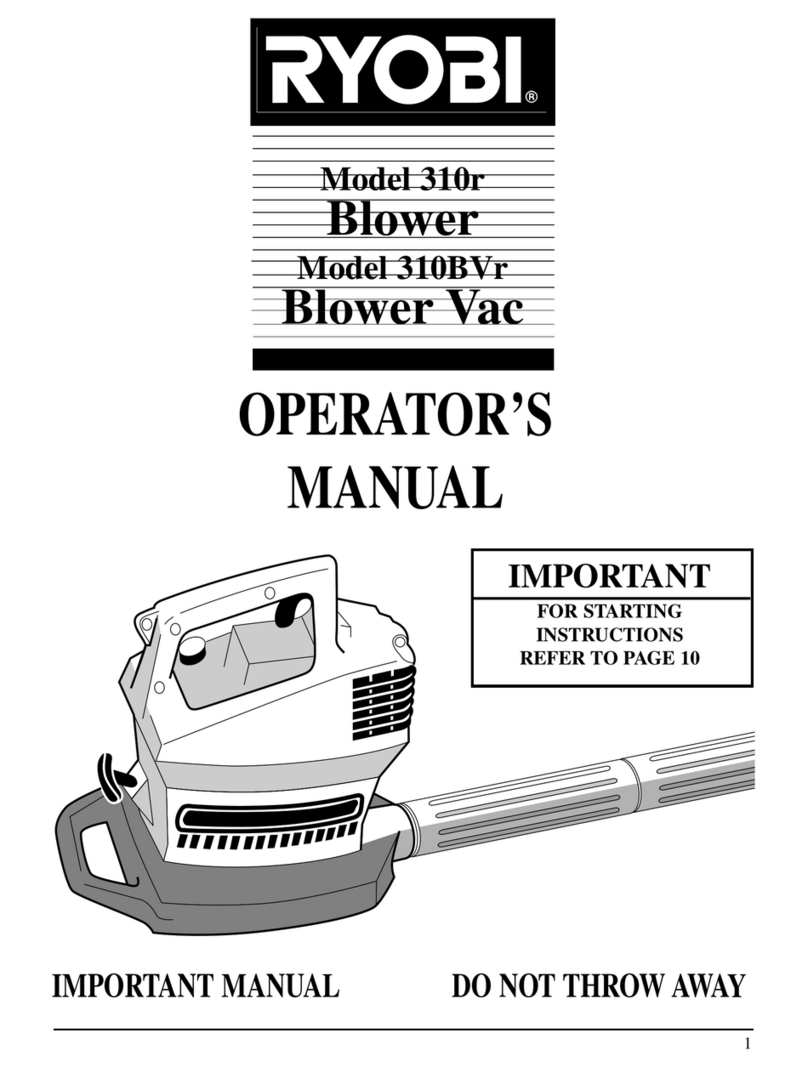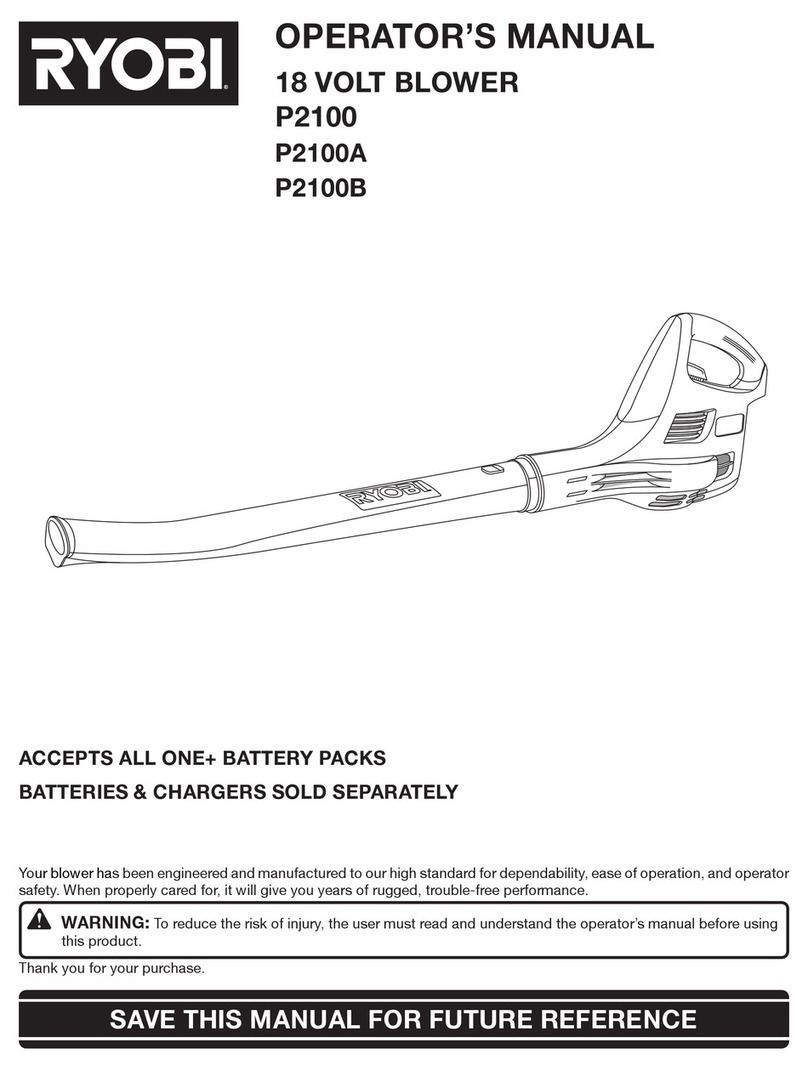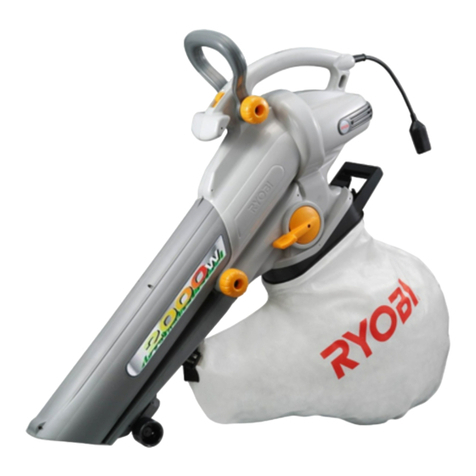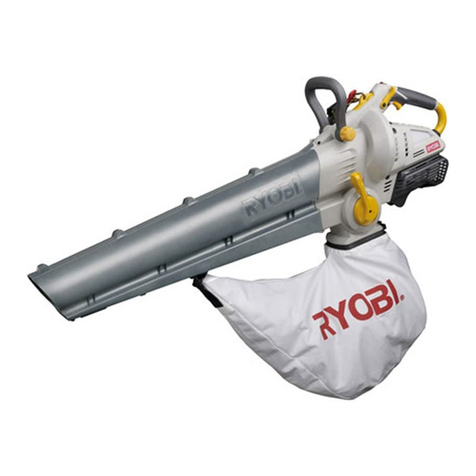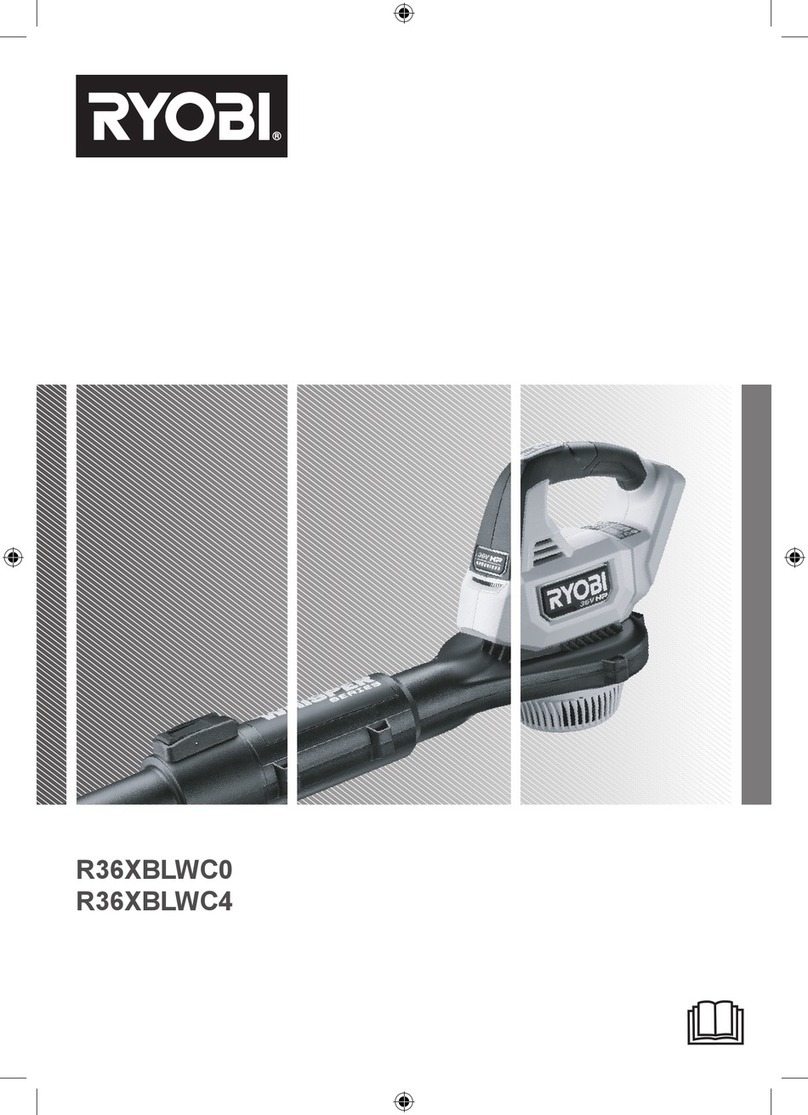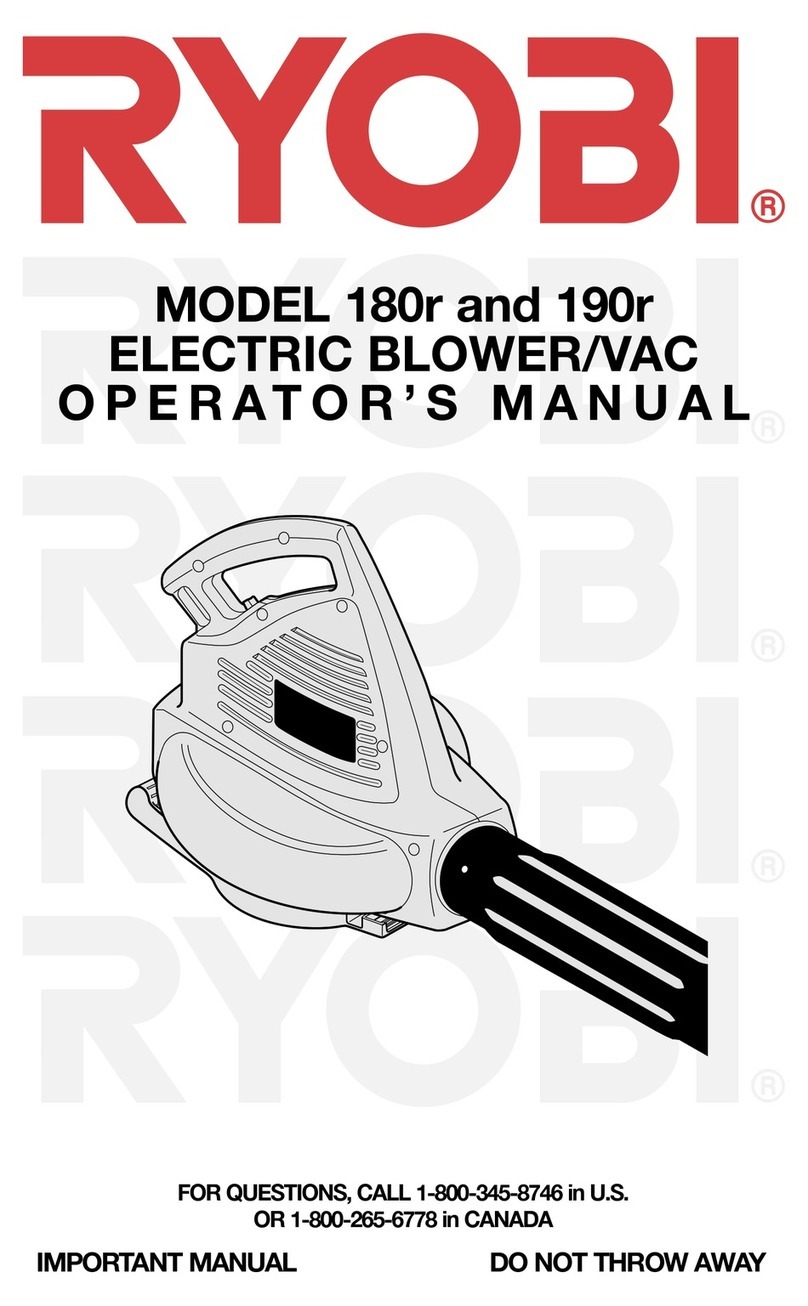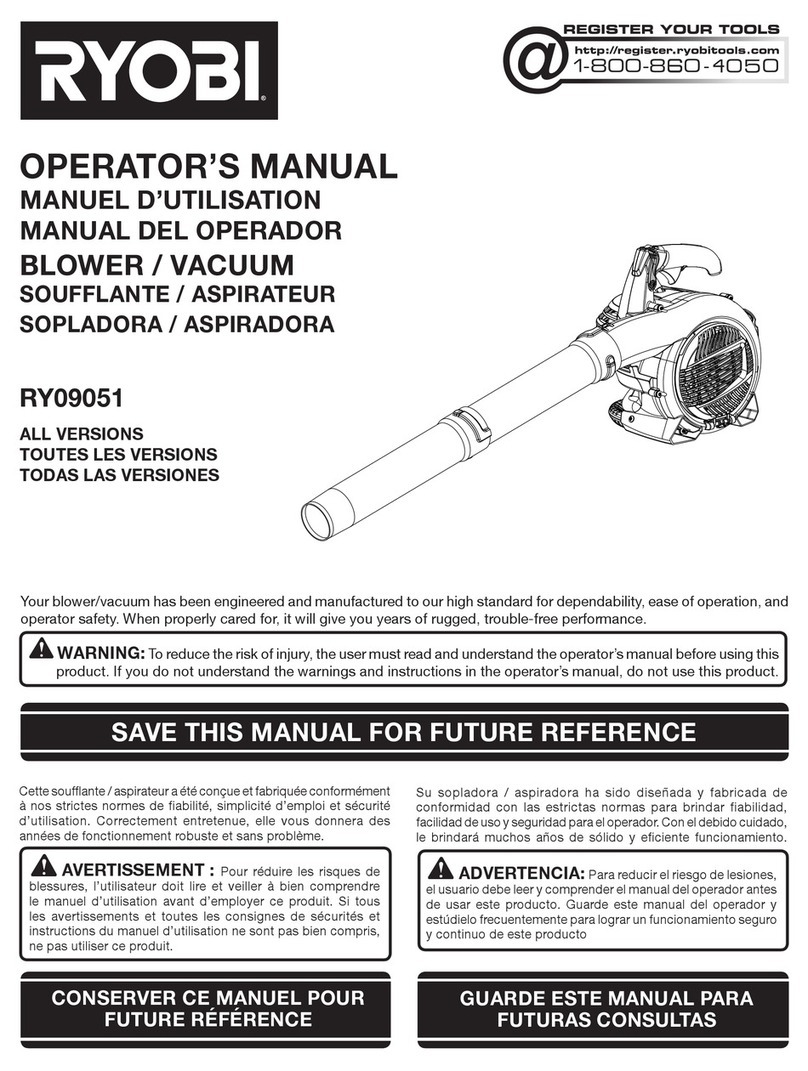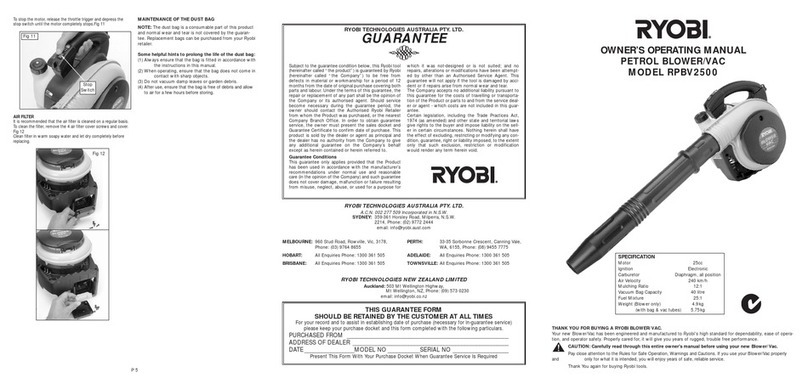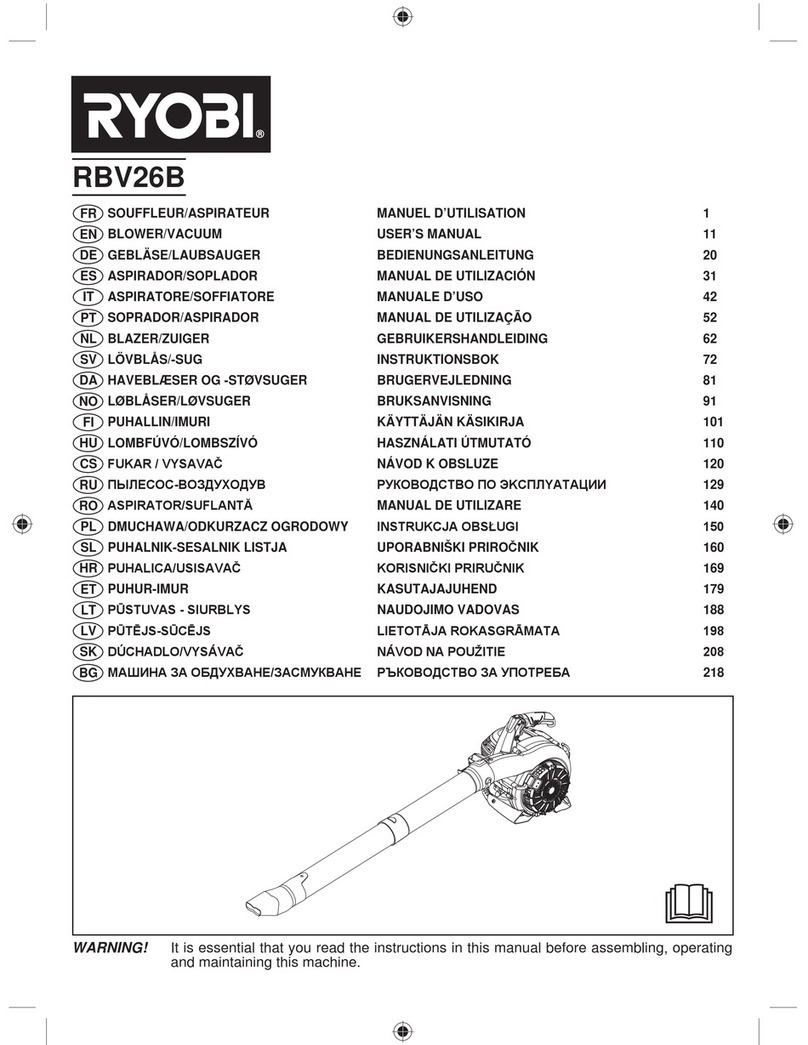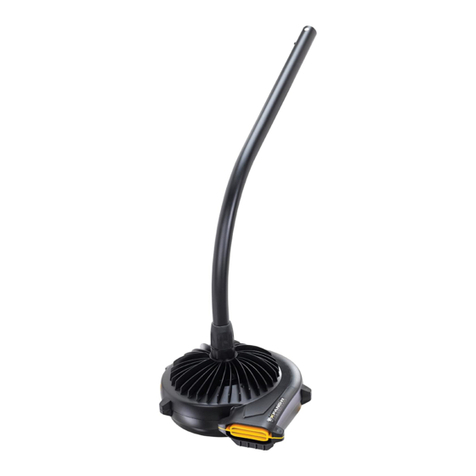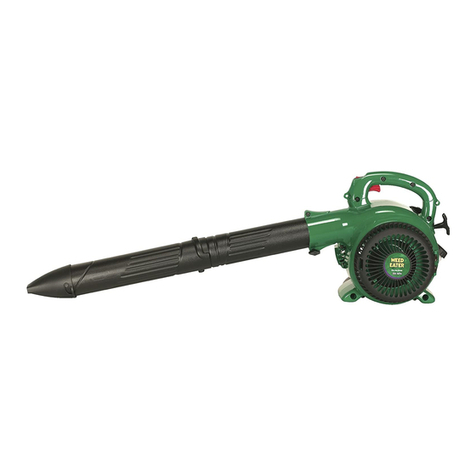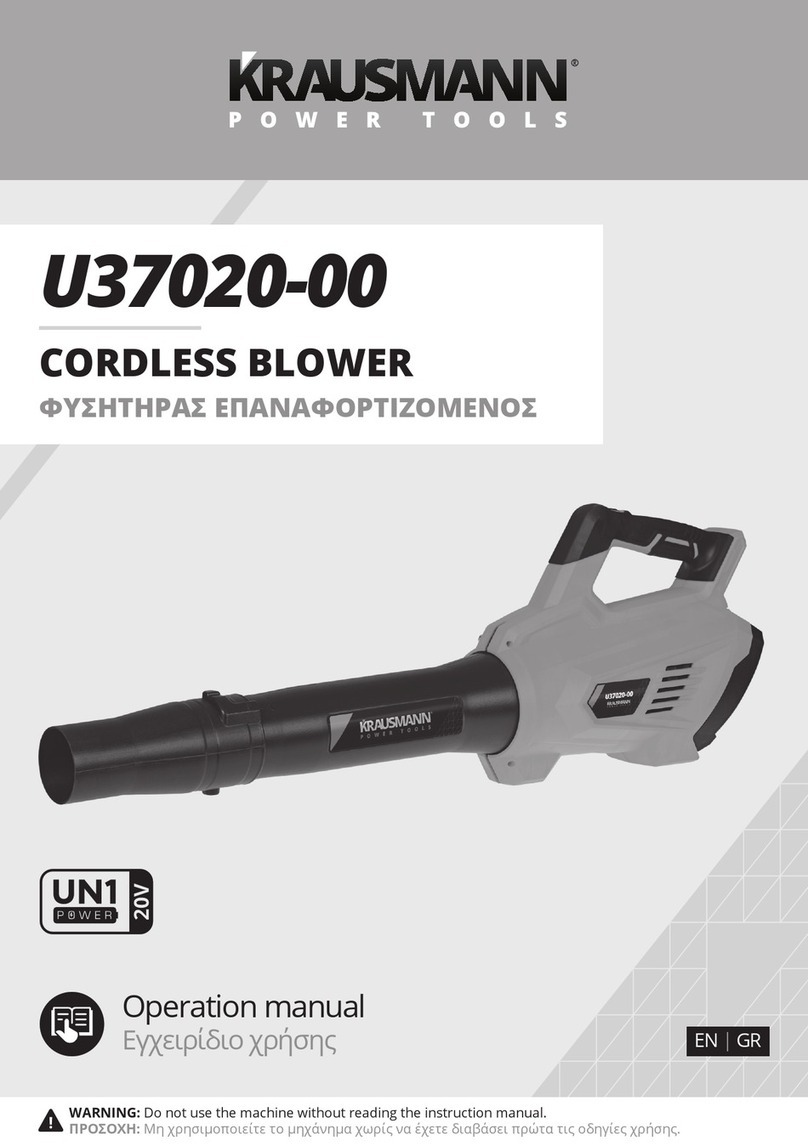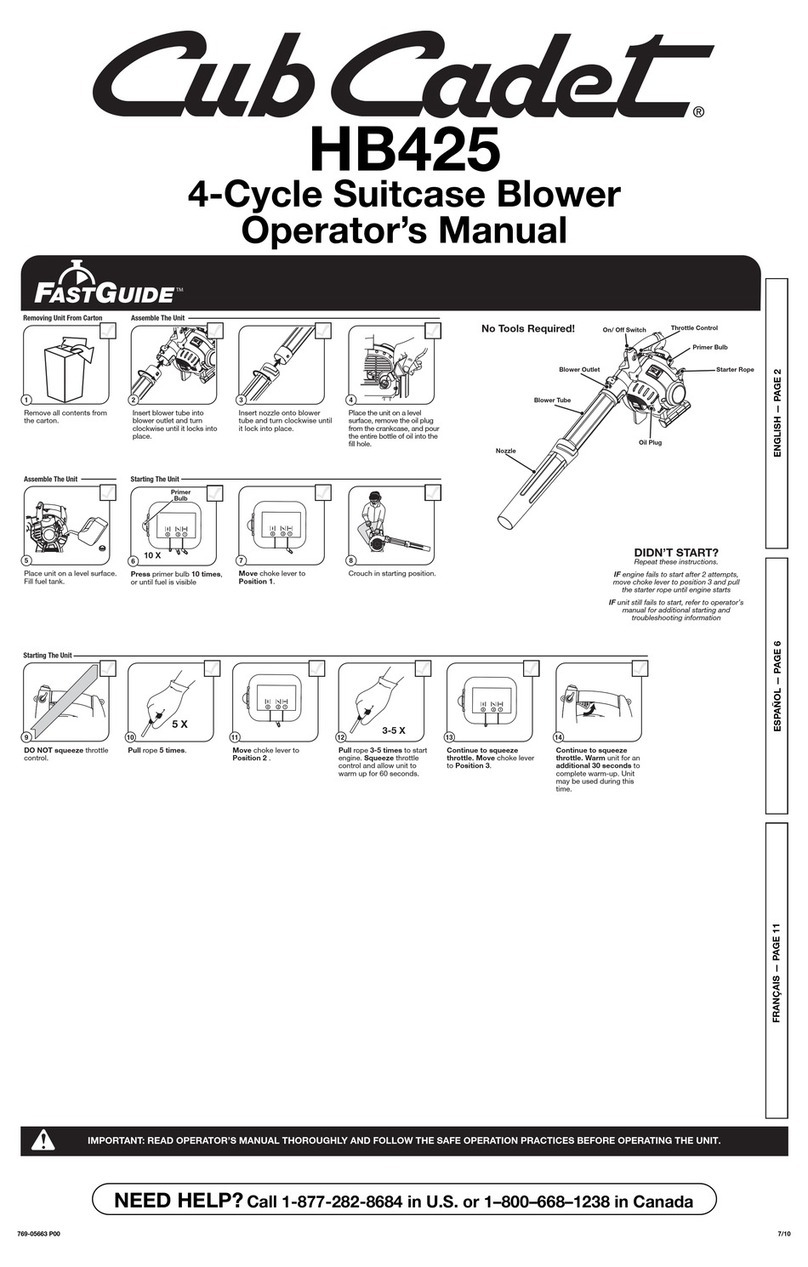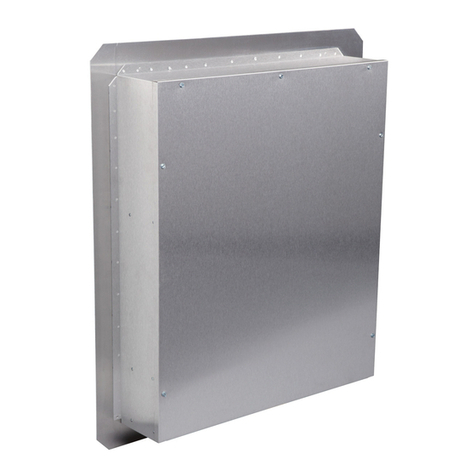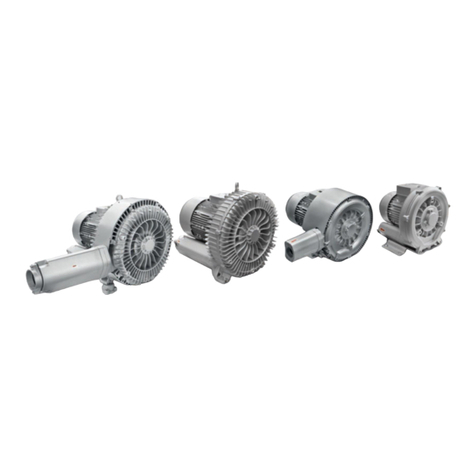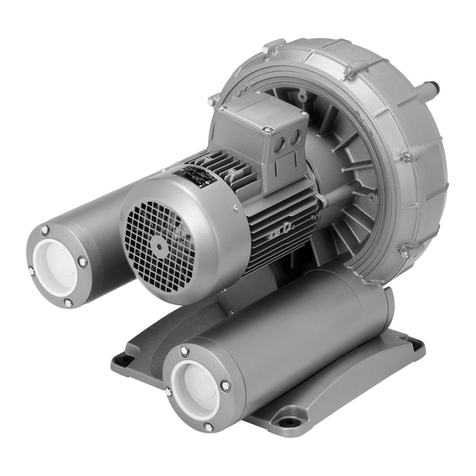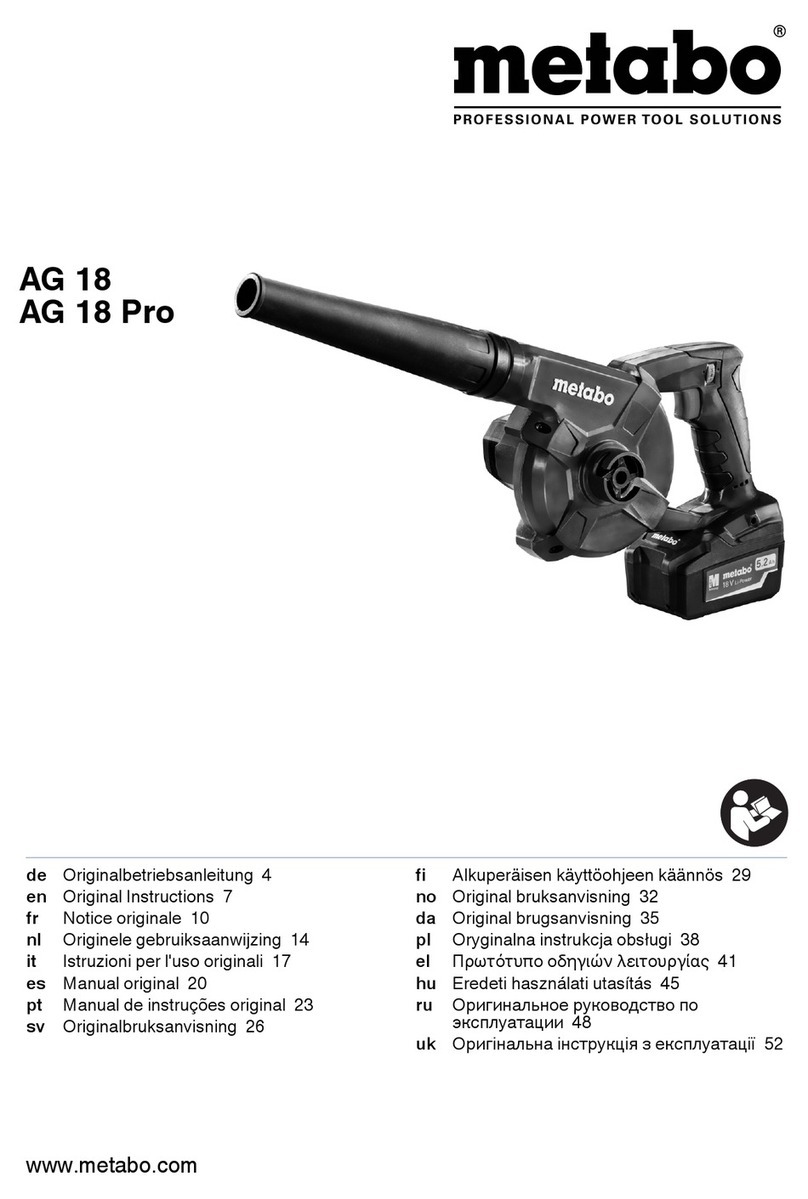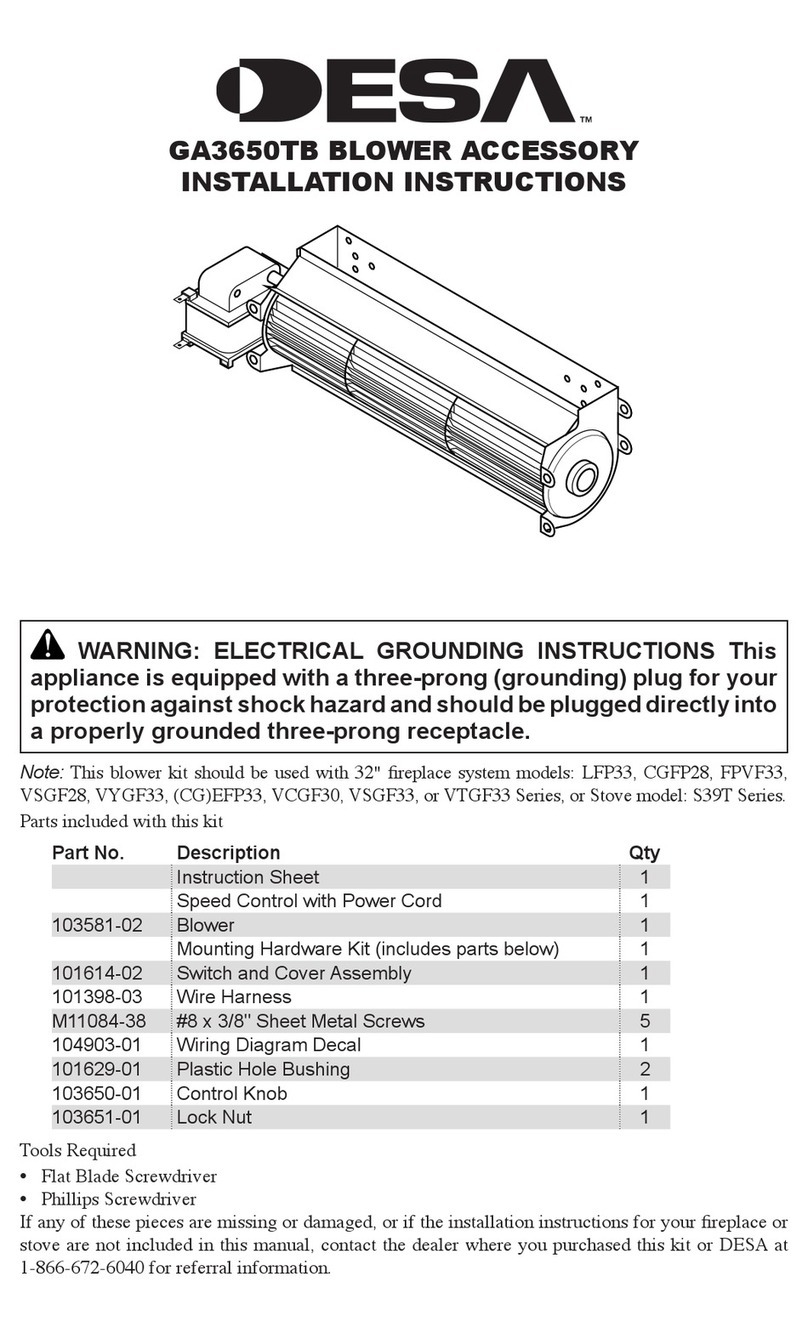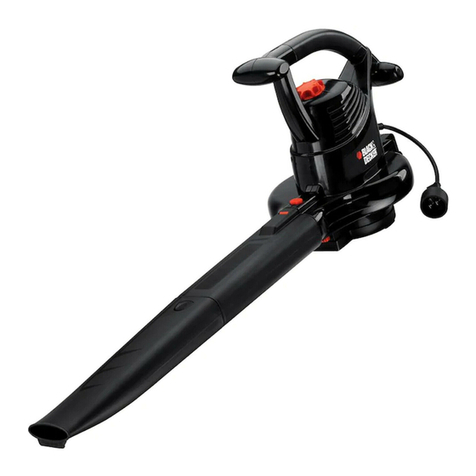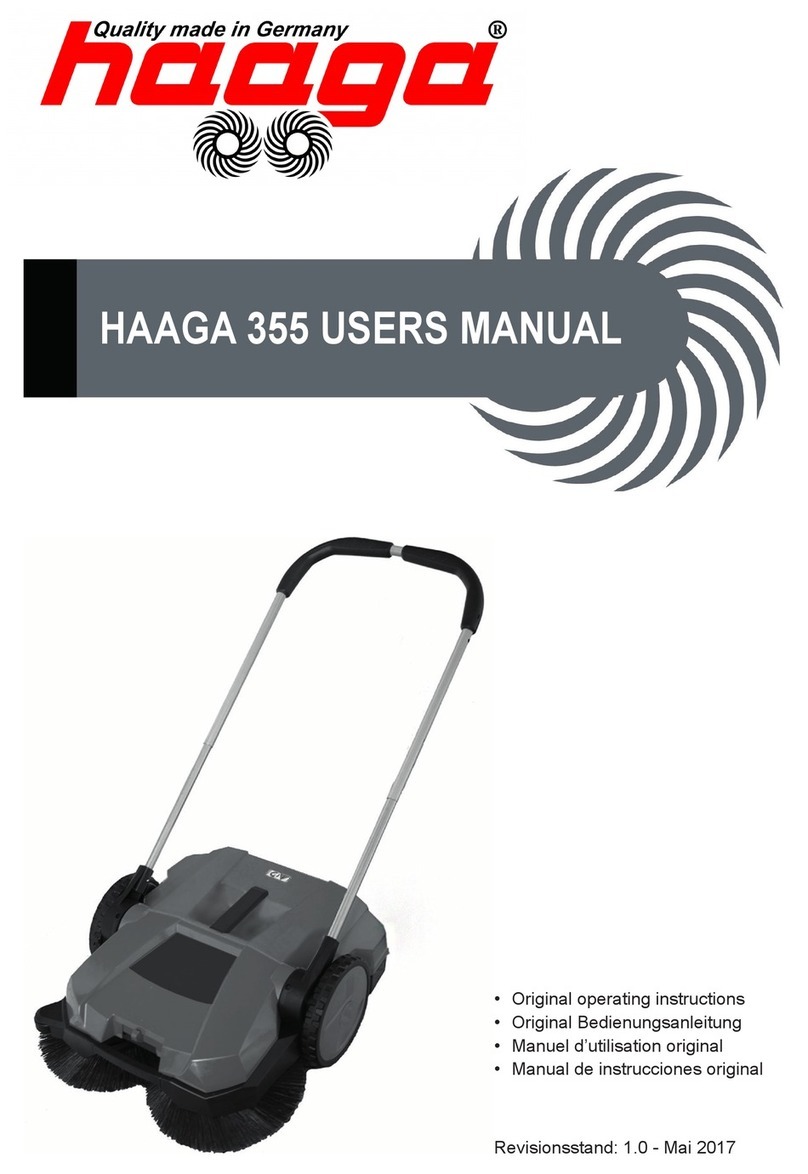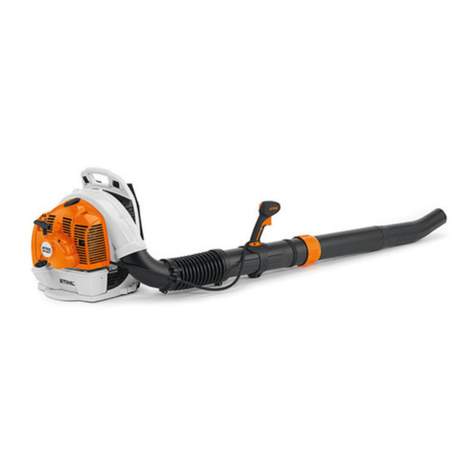
Page 1
GENERAL SAFETY RULES
SPECIFIC SAFETY RULES
WARNING:
Read and undeRstand all instRuctions. Fail-
ure to follow all instructions listed below, may result in
electric shock, fire and/or serious personal injury.
SAVE THESE INSTRUCTIONS
n Do not allow children or untrained individuals to use this
unit.
n Never start or run the engine inside a closed area; breath-
ing exhaust fumes can kill.
n Wear eye and hearing protection when operating this
product.
n Keep all bystanders, children, and pets at least 15m
away.
n Wear heavy long pants, boots, and gloves. Do not wear
loose fitting clothing, short pants, jewelry of any kind, or
go barefoot.
n To reduce the risk of injury associated with objects be-
ing drawn into rotating parts, do not wear loose clothing,
scarves, neck chains, and the like.
n Secure long hair so it is above shoulder level to prevent
entanglement in any rotating parts.
n Do not operate this unit when you are tired, ill, or under
the influence of alcohol, drugs, or medication.
n Do not operate in poor lighting.
n Keep all parts of your body away from any moving parts
and all hot surfaces of the unit.
n Wear a face filter mask in dusty conditions to reduce the
risk of injury associated with the inhalation of dust.
n Check the work area before each use. Remove all objects
such as rocks, broken glass, nails, wire, or string which
can be thrown or become entangled in the machine.
n Keep firm footing and balance. Do not overreach. Over-
reaching can result in loss of balance or exposure to hot
surfaces.
n Never operate the unit without a spark arrestor screen;
this screen is located inside the muffler.
n Before storing, allow the engine to cool.
n Empty fuel tank and restrain the unit from moving before
transporting in a vehicle.
n To reduce the risk of fire and burn injury, handle fuel with
care. It is highly flammable.
n Do not smoke while handling fuel.
n Mix and store fuel in a container approved for gasoline.
n Mix fuel outdoors where there are no sparks or flames.
n Select bare ground, stop engine, and allow to cool before
refueling.
n Loosen fuel cap slowly to release pressure and to keep
fuel from escaping around the cap.
n Tighten the fuel cap securely after refueling.
n Wipe spilled fuel from the unit. Move 76m away from
refueling site before starting engine.
n Never attempt to burn off spilled fuel under any circum-
stances.
n Use only identical manufacturer’s replacement parts and
accessories. Use of any other parts may create a hazard
or cause product damage.
n Maintain the unit per maintenance instructions in this
Operator’s Manual.
n Inspect the unit before each use for loose fasteners, fuel
leaks, etc. Replace damaged parts.
n Use this machine outdoors only due to the dangerous
exhausted gases.
n Always hold the control handle in your right hand, refer to
the Operation section, later in this manual for additional
instructions.
n To reduce the risk of hearing loss associated with sound
level(s), hearing protection is required.
n To reduce the risk of injury associated with contacting
rotating parts, stop the engine before installing or re-
moving attachments. Always disconnect the spark plug
before performing maintenance or accessing any movable
parts.
n Do not point the blower nozzle in the direction of people
or pets.
n Never run the unit without the proper equipment attached.
Always ensure the blower tubes are installed.
nDo not operate vacuum without vacuum bag installed;
flying debris could cause serious injury. Always close
vacuum bag completely before operating.
nRotating impeller blades can cause severe injury. Stop
the engine before opening the vacuum door or installing /
changing tubes. Do not put hands or any other object into
the vacuum tubes while they are installed on the unit.
nNever run the unit without the proper equipment attached.
When used as a blower, always install the blower tubes.
When used as a vacuum, always install the vacuum
tubes and vacuum bag. Make sure the vacuum bag is
completely zipped when the unit is running to avoid flying
debris.
nAvoid situations that could catch the vacuum bag on
fire. Do not operate near an open flame. Do not vacuum
warm ash from fireplaces, barbeque pits, brush piles, etc.
Do not vacuum discarded cigars or cigarettes unless the
cinders are completely cool.




